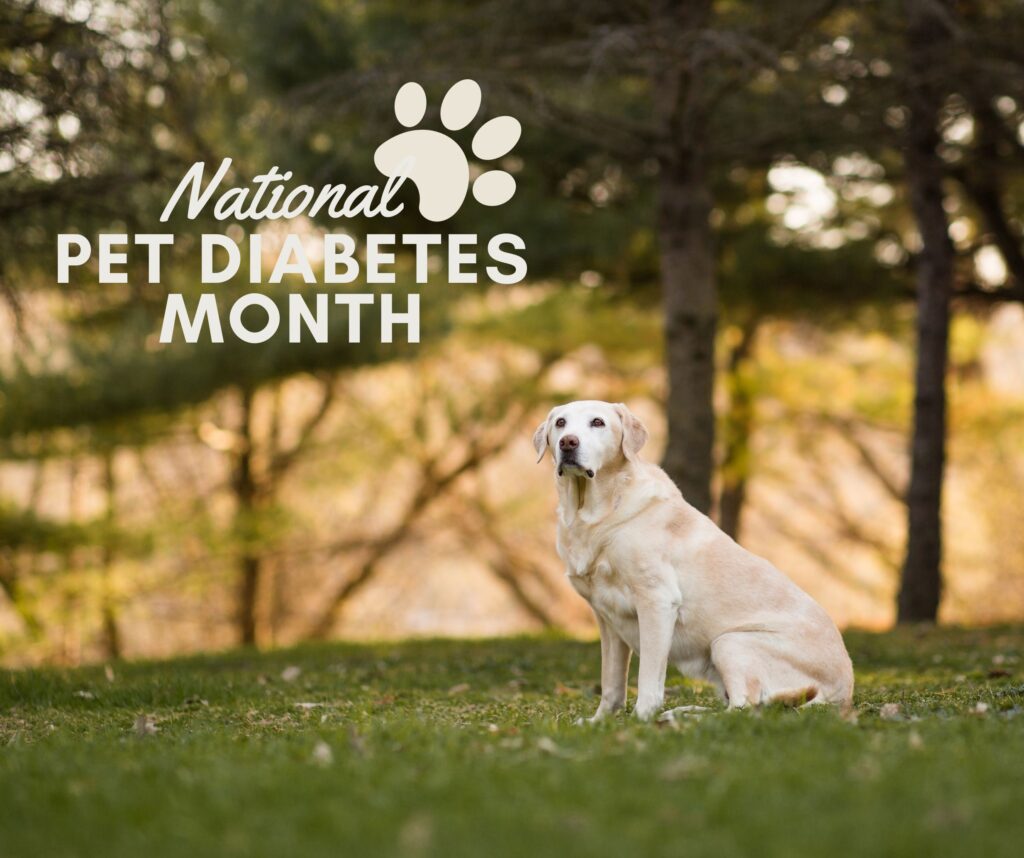
We first noticed something going on with our senior yellow lab, Sadie, when she began drinking large amounts of water and needing more frequent potty breaks (sometimes resulting in accidents indoors).
After a thorough examination and a blood test, it became evident that Sadie was living with diabetes.
For the following two years, our routine included giving her insulin injections at 6 AM and 6 PM, administered to the scruff of her neck. Remarkably, Sadie seemed unfazed by these shots, likely aided by her larger size. In contrast, a friend with a smaller dog had a tougher time with the injections, finding them somewhat painful.
Occasionally, Sadie’s symptoms would resurface – increased drinking and urination. In those instances, we would revisit the vet to fine-tune her medication, which consistently proved effective.
It’s crucial to keep a watchful eye on our pets and also on the things within our homes. A little incident in our household drove this point home. My daughter and I decided to build a gingerbread house, complete with all things sugary. Somehow (I won’t name names, but it definitely wasn’t me 😉)… somehow, it ended up at Sadie’s eye level, and she managed to devour about half of it. I wasn’t home when this happened, but it turned into a rush to the vet to sort things out. It was a bit of a nerve-wracking experience, but Sadie eventually stabilized and was back home the next day. Whew. It served as a valuable reminder to always be vigilant about what’s accessible to our furry friends in our homes. 🏠🐾
Do you know the symptoms of diabetes in pets? 🧐
> Excessive thirst
> Increased urination
> Increased appetite with weight loss
> Cloudy eyes
> Chronic infections
Pet Diabetes Prevention Tip #1: Don’t skip the annual vet exam.

Early diagnosis is critical for managing diabetes, and with proper management, most pets can live normal, happy, and otherwise healthy, lives. ❤️
Your veterinarian will determine the appropriate insulin type and dosage. Additionally, a consistent diet, regular exercise, and monitoring your dog’s blood sugar levels are essential components of treatment.
With consistent care, diabetic dogs can lead fulfilling lives. Their owners play a crucial role in managing their condition and ensuring their well-being. With Sadie, it was almost like we had little kids again! We’d be out places and have to say: “Sorry, we have to go to give our dog her insulin shot.” It was quite okay at times but also a bummer to have to leave places as well. But, Sadie was worth it 100%.

Here’s a little more from my nephew, who is a few short months away from being a certified veterinarian!
“Diabetes…it’s a word we are all familiar with to some degree and may seem scary! Similar to humans, dogs can also get diabetes but the causes may be slightly different. There are varying types, but most (not all) dogs seem to have type-1 diabetes, meaning they need insulin to help regulate their blood sugar level. It may be hard to tell if your dog has diabetes but, there are signs that can point towards it. If they are drinking more water and needing to use the bathroom more (even having more inside accidents) this can be indicative of diabetes. Also, they may have developed an increased appetite but seem to loose weight. Lastly, some dogs can develop cataracts (a white appearance over their eyes) with prolonged diabetes. It is important to monitor for these signs as dogs that have blood sugar levels that remain unregulated for too long are prone to developing a severe, life threatening condition known as diabetic ketoacidosis. Simply put, their body has resulted to alternative energy forms that can be damaging to their overall health. They need to be taken to a veterinarian ASAP in these cases. Treatment of diabetes is usually very efficacious and, with proper veterinary monitoring, these pets can live happy, healthy, and normal lives!”
If you suspect your dog may have diabetes or are concerned about their health, it’s essential to consult with a veterinarian promptly. Early diagnosis and proper management are key to helping your furry companion.
Do you live with a diabetic dog or cat?🐶 Share your pet’s story in the comments.